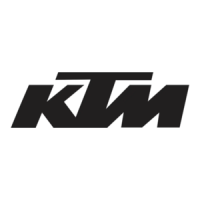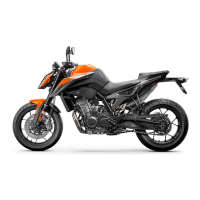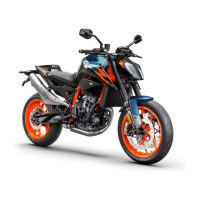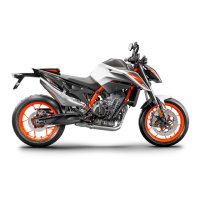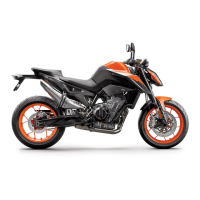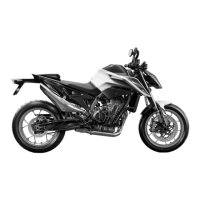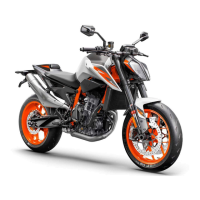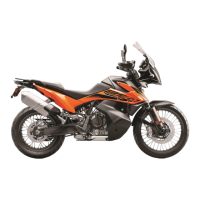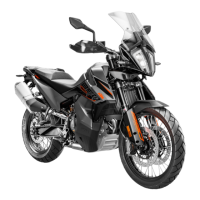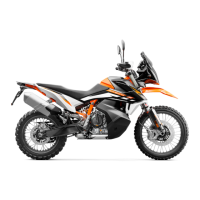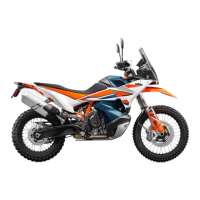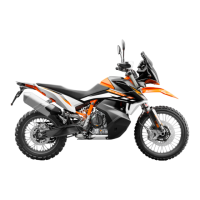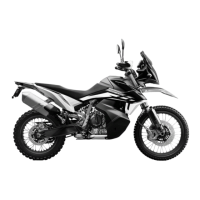Why is my KTM 890 DUKE GP 2022 experiencing high oil consumption?
- KKeith TaylorJul 28, 2025
High oil consumption in your KTM Motorcycle can be attributed to several factors. A bent engine vent hose can cause this issue; ensure the vent hose is routed without bends, and replace it if necessary. Also, check the engine oil level, as having it too high can lead to increased consumption. Lastly, using engine oil that is too thin (low viscosity) can also be a culprit; change the engine oil and the oil filter, and clean the oil screens.
